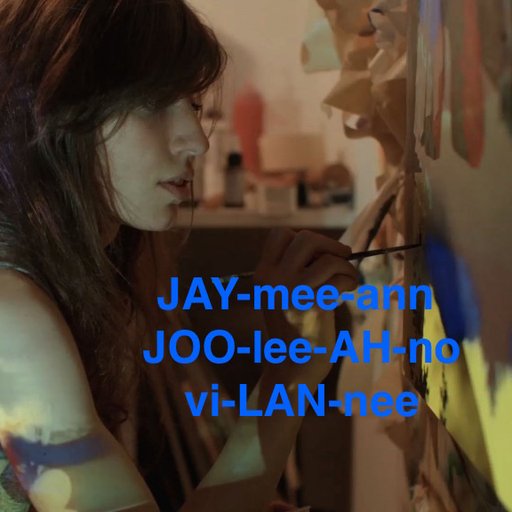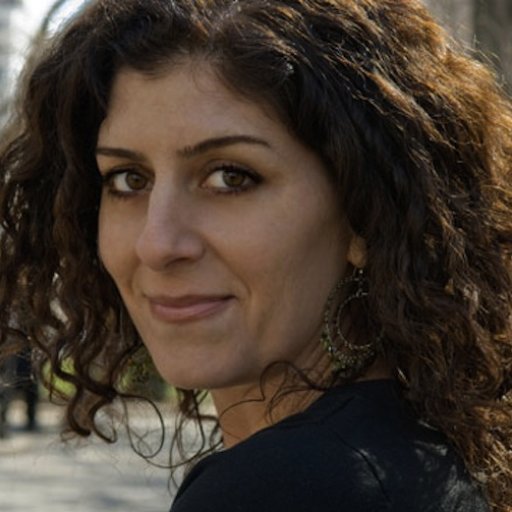Marine Hugonnier
The “politics of vision,” as articulated by the artist Marine Hugonnier, refers to a belief that images and landscapes are inextricably bound to the historical, social, and cultural legacies that have created them. Informed by her academic background in philosophy and anthropology, Hugonnier’s films, photographs, and works on paper engage manifestations of social change and dreams of utopia through the paradigm of representing landscape. In the extraordinarily candid film Ariana (2003), Hugonnier thematizes both the fantastical environs of the Pandjshêr Valley—a region in Afghanistan that has successfully resisted takeover by the USSR and the Taliban—and the technical apparatuses and cinematic considerations behind capturing the Valley on film. As the crew encounters numerous obstacles preventing them from obtaining the panorama shots, Hugonnier’s voice details each directorial decision, which further emphasizes the subjective nature of image production. She deals with related subject matter yet in different media in a long-term project of works on paper titled Art for Modern Architecture, in which the artist conceals parts of newspapers with modernist cut-outs from an Ellsworth Kelly catalogue.
Hugonnier's work has been exhibited at institutions worldwide, including solo shows at Kunst Werke in Berlin, the Philadelphia Museum of Art, Musée d'Art Moderne et Contemporain …
The “politics of vision,” as articulated by the artist Marine Hugonnier, refers to a belief that images and landscapes are inextricably bound to the historical, social, and cultural legacies that have created them. Informed by her academic background in philosophy and anthropology, Hugonnier’s films, photographs, and works on paper engage manifestations of social change and dreams of utopia through the paradigm of representing landscape. In the extraordinarily candid film Ariana (2003), Hugonnier thematizes both the fantastical environs of the Pandjshêr Valley—a region in Afghanistan that has successfully resisted takeover by the USSR and the Taliban—and the technical apparatuses and cinematic considerations behind capturing the Valley on film. As the crew encounters numerous obstacles preventing them from obtaining the panorama shots, Hugonnier’s voice details each directorial decision, which further emphasizes the subjective nature of image production. She deals with related subject matter yet in different media in a long-term project of works on paper titled Art for Modern Architecture, in which the artist conceals parts of newspapers with modernist cut-outs from an Ellsworth Kelly catalogue.
Hugonnier's work has been exhibited at institutions worldwide, including solo shows at Kunst Werke in Berlin, the Philadelphia Museum of Art, Musée d'Art Moderne et Contemporain in Geneva, and Malmö Konsthall, and group exhibitions at the National Gallery of Art in Washington, D.C., the Generali Foundation in Vienna, Colección Jumex in Mexico City, the Museum of Modern Art, and the Zabludowicz Collection in London.
The Museum of Modern Art, New York, NY
Arts Council of England, London, England
British Council, London, England
National Gallery of Art, Washington, DC
Fonds National d’Art Contemporain, Paris, France
Philadelphia Museum of Art, Philadelphia, PA
ARCO Collection, Madrid, Spain
MACBA, Barcelona, Spain
Mamco, Geneva, Switzerland
National Museum of Art Reina Sofía, Madrid, Spain
Max Wigram Gallery, London, England






